PAINT-A-BOX STREET ART ON MILLTOWN ROAD
Peacock by Conor Fitzpatrick on Milltown Road near the Nine Arches Bridge and across the road from the famous Dropping Well Pub.

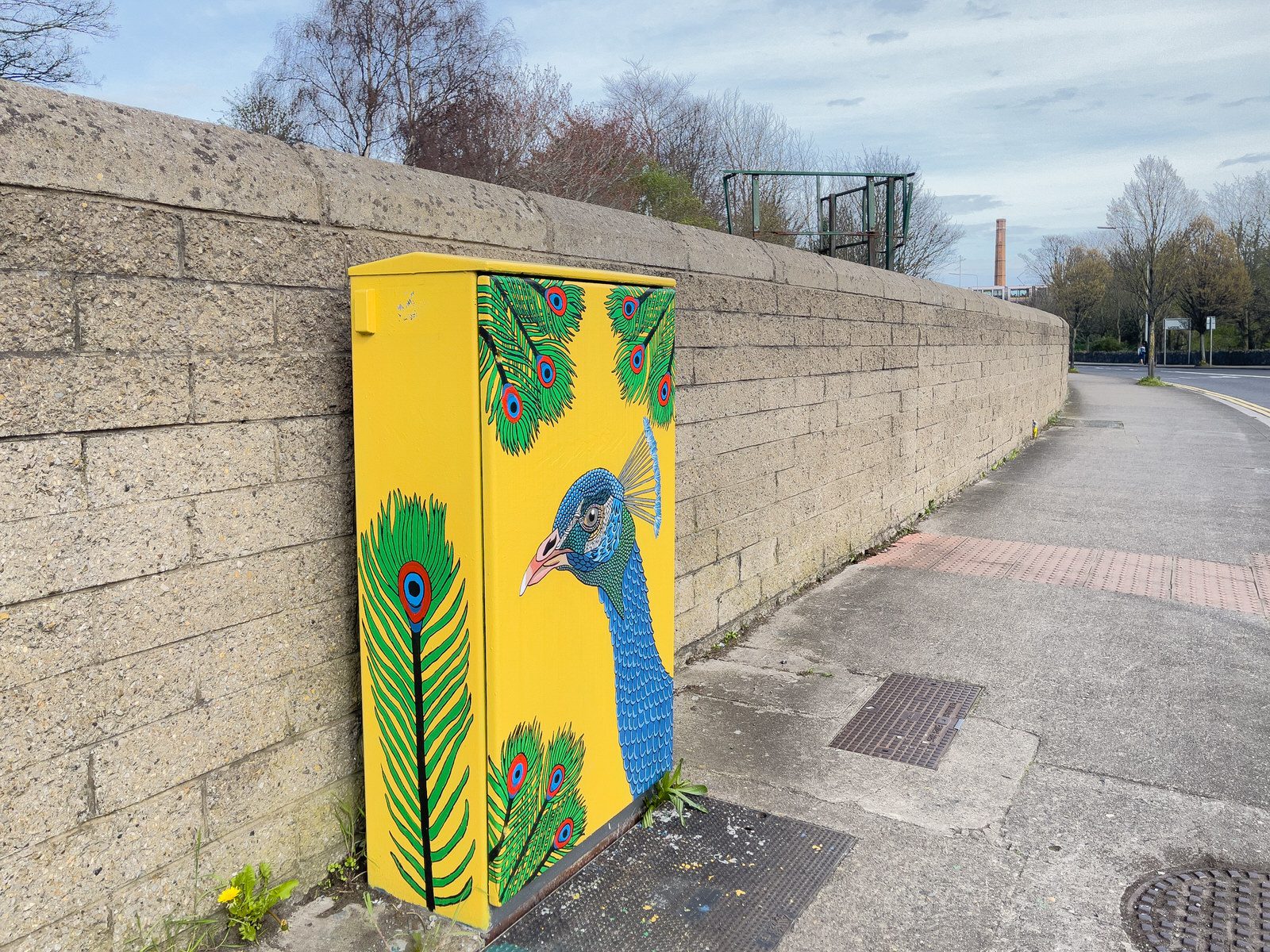
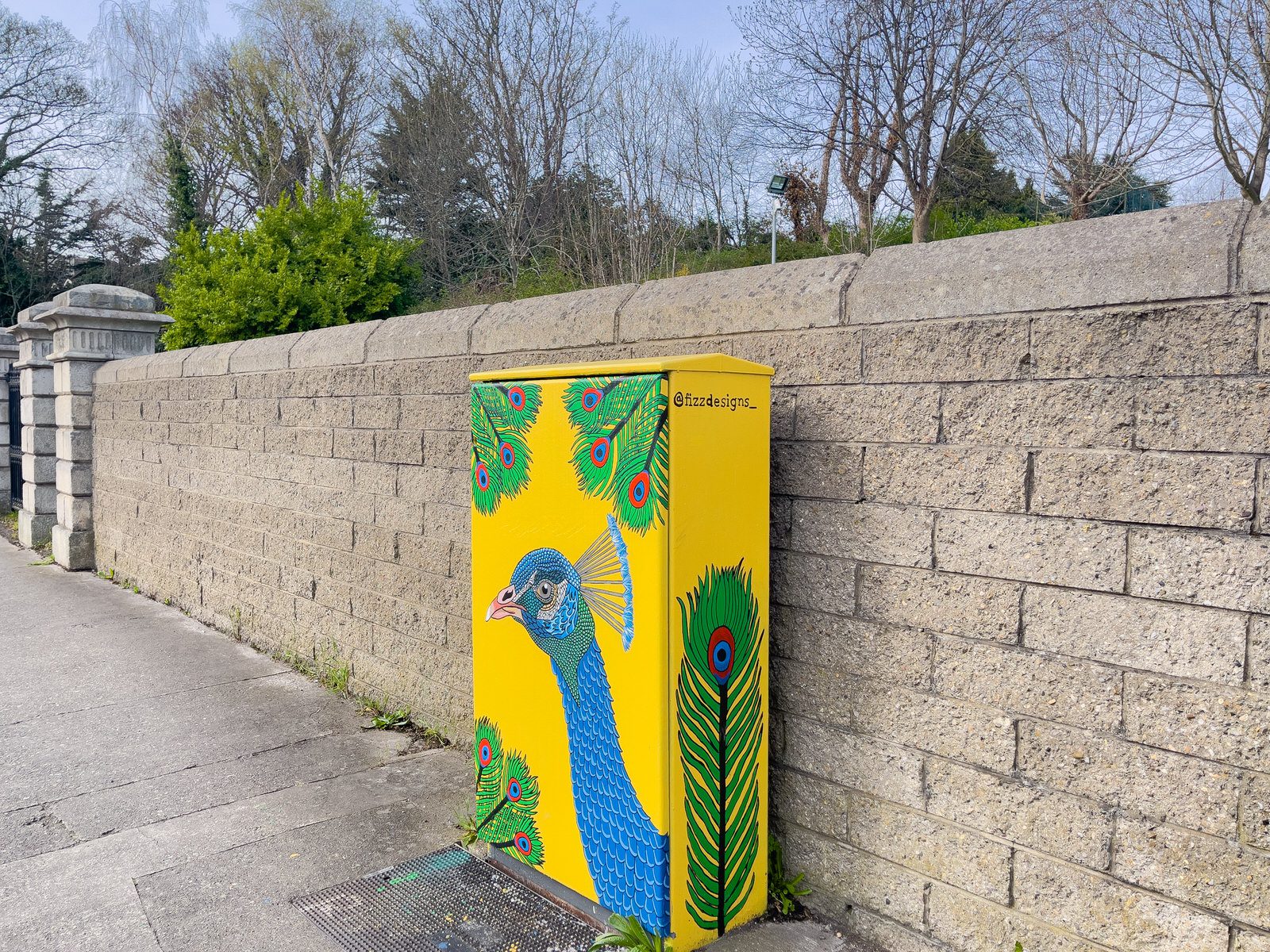
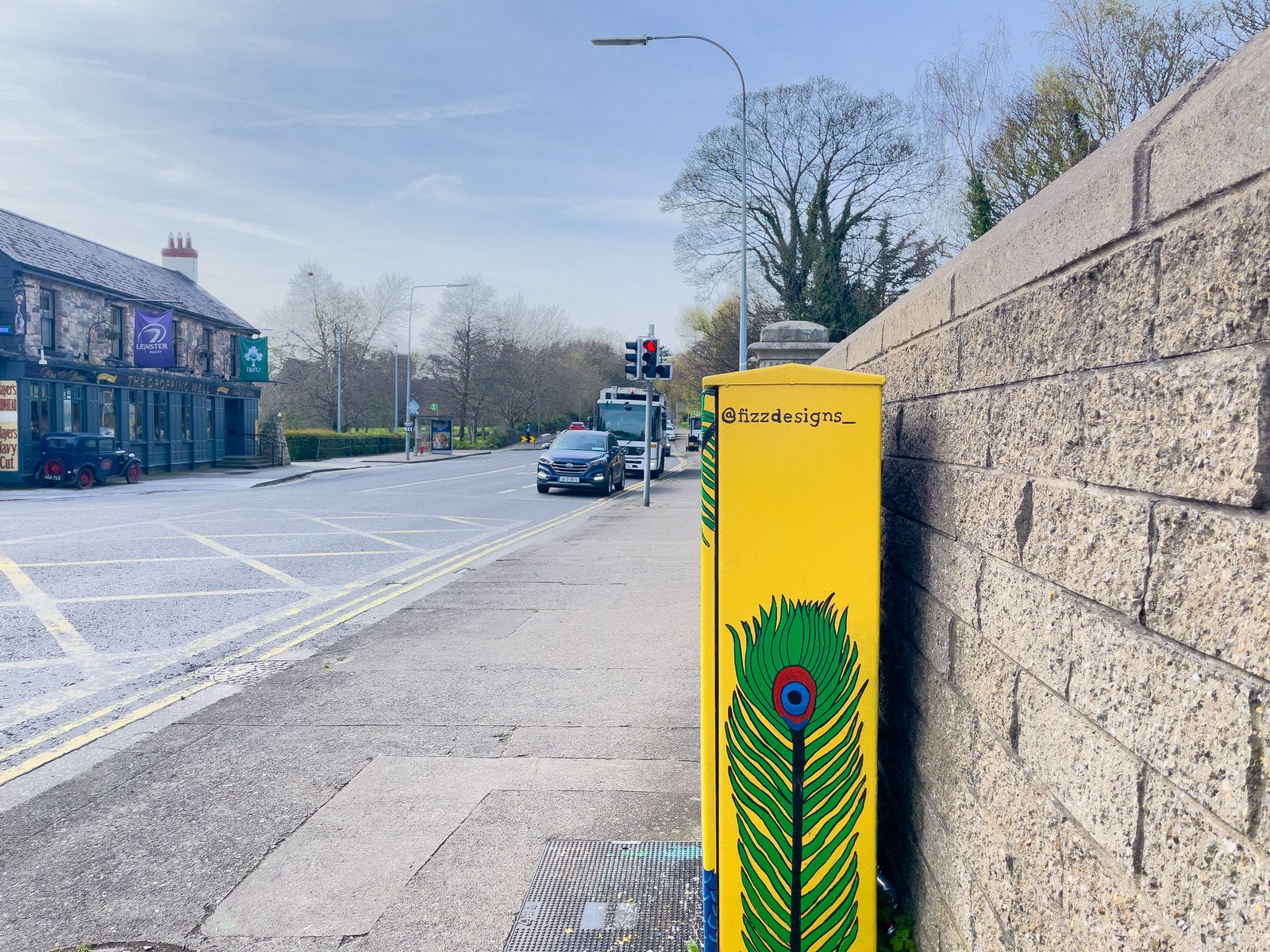
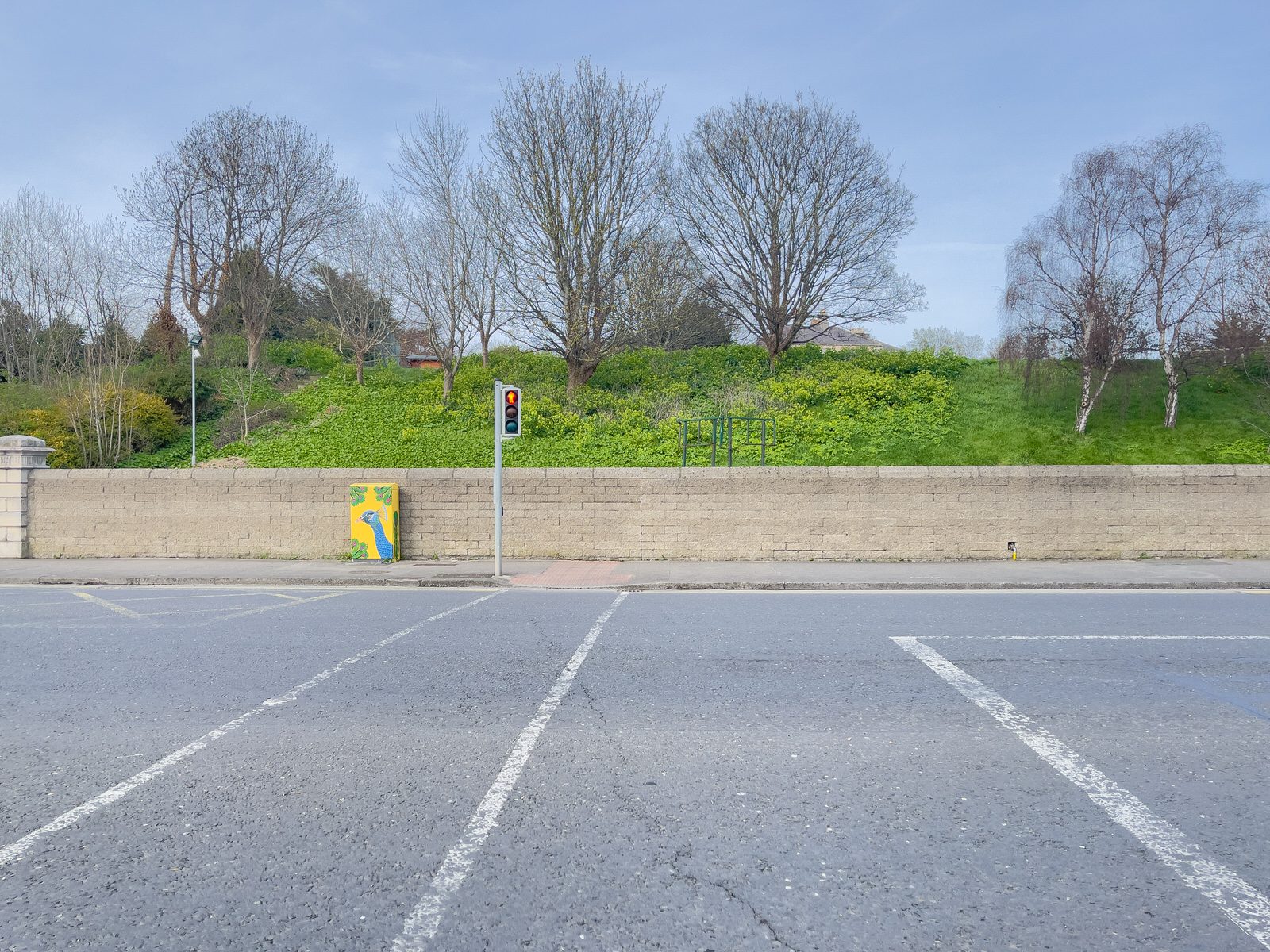
There Is Much To See Here
by infomatique
by infomatique
by infomatique

I DECIDED TO CLOSE THE DOOR
The artwork has changed since my last visit. When I last photographed it featured a portrait of Oscar Wilde and the famous quote “I Have Nothing To Declare But My Genius”. Between 2016 and 2018 it featured a portrait of Oscar Wilde done in the style of an old tarot card and it featured the the depiction of one of Wilde’d most famous quotes “We are all in the gutter but some of us are looking at the stars.” Showing the gutter under Wilde’s chair and the stars above his head.
The current artwork is On The Street by Carolina Medina a Chilean artist and a graduate of DID graphic design.
With the door open the electronics and paperwork was exposed to the elements and other problems so I decided to close the door but there was no way for me to lock it.
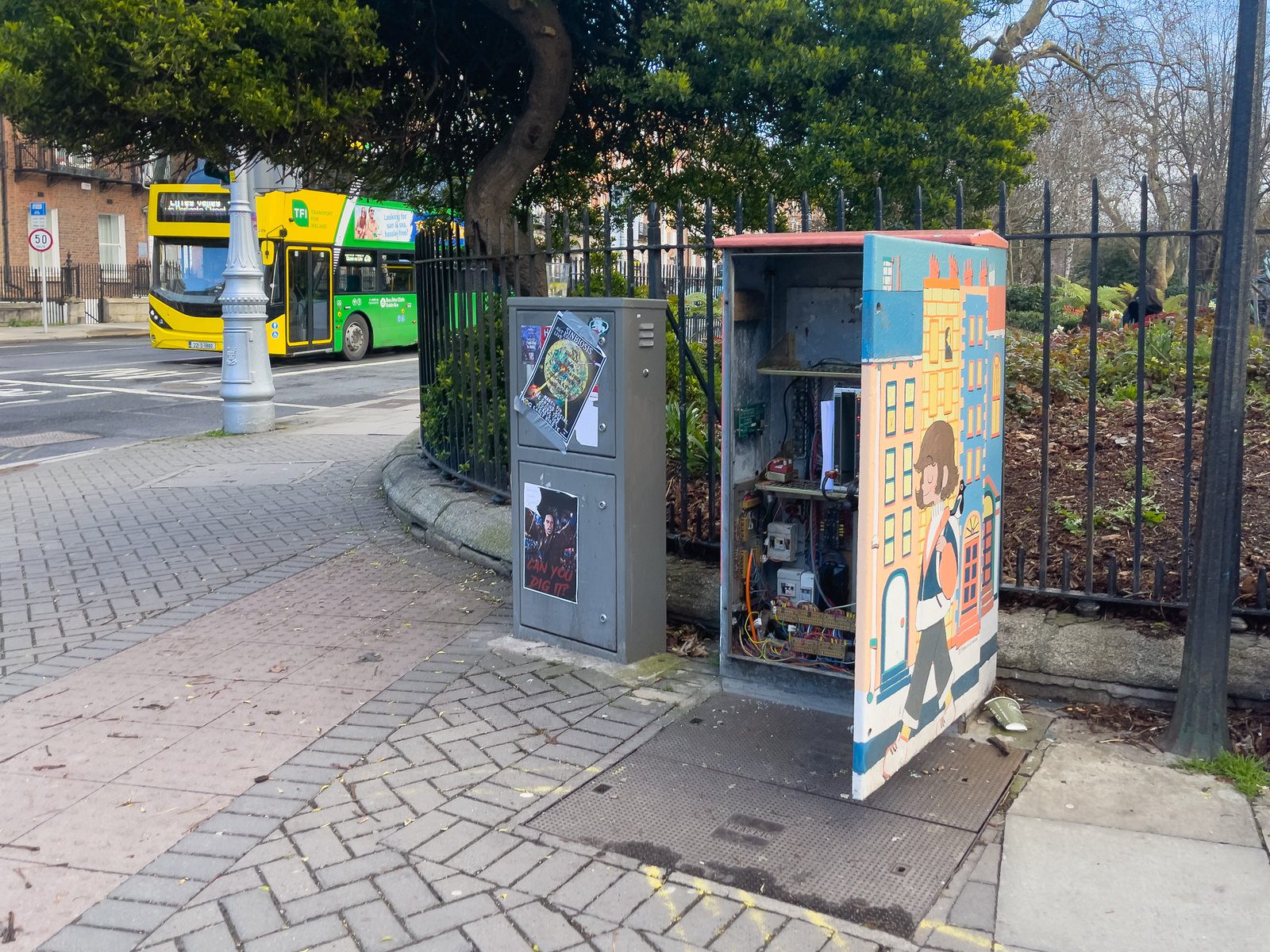
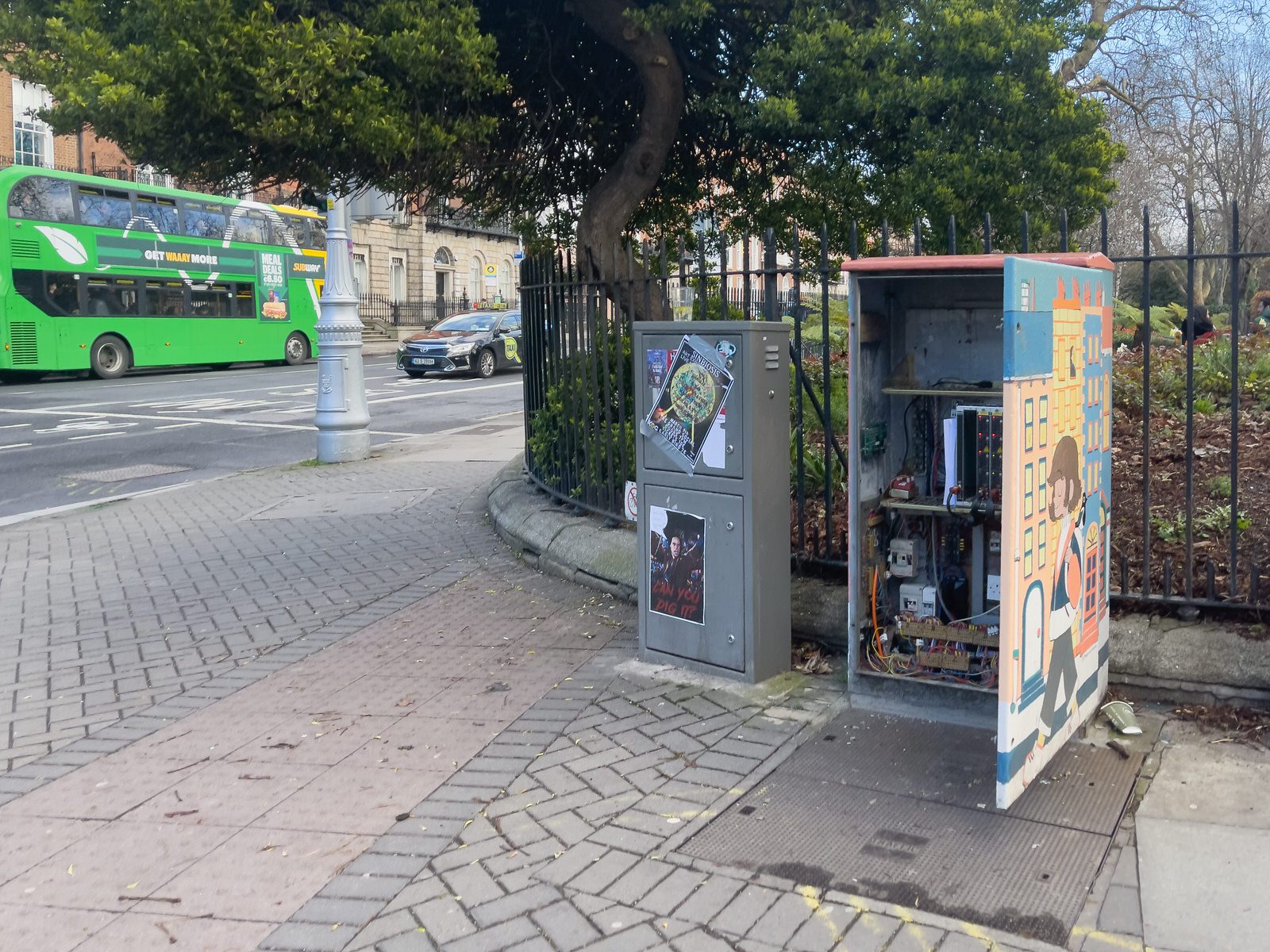
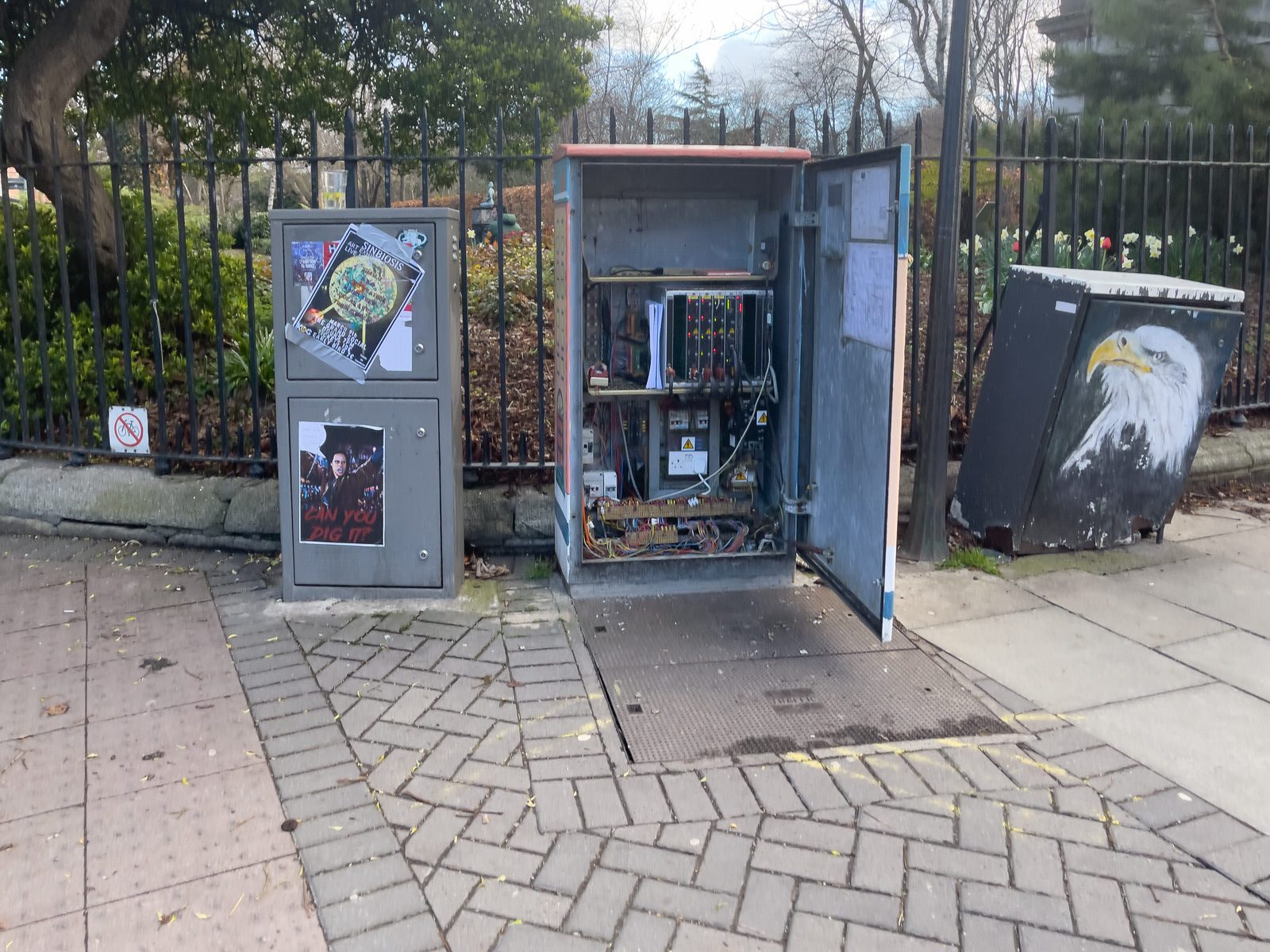
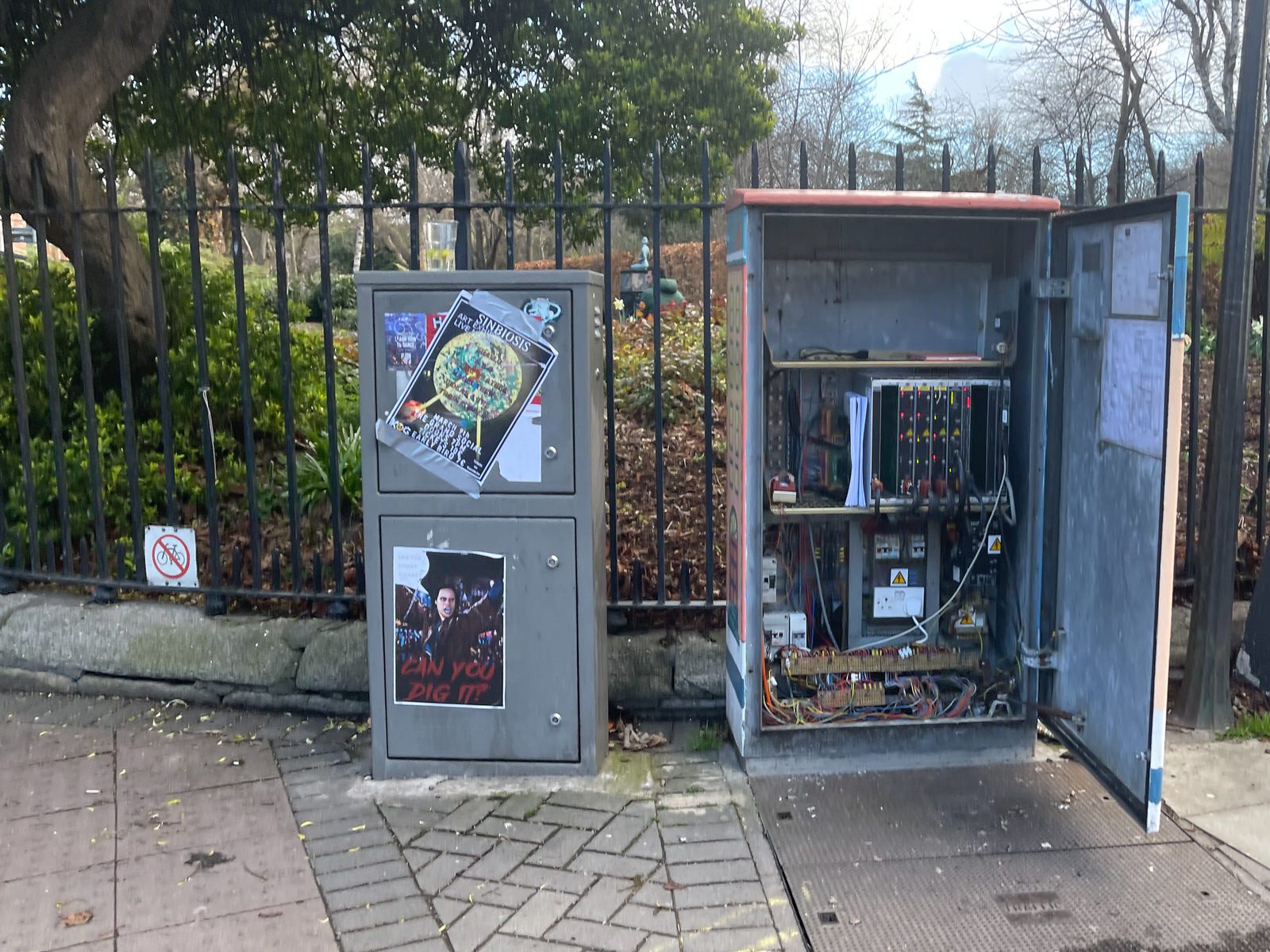
by infomatique
by infomatique

CHEAP AS CHIPS NOW I UNDERSTAND MOORE’S LAW
Unfortunately the UK’s initial space mission has failed after “an anomaly” prevented the Virgin Orbit rocket from reaching orbit. I feel sorry for the nine teams who devoted so much time and effort to developing the 9 small satellites.
If space travel had followed Moore’s law since the the 1960’s it would cost as much as a bag of chips today.
Moore’s law is the observation that the number of transistors in a dense integrated circuit (IC) doubles about every two years. Moore’s law is an observation and projection of a historical trend. Rather than a law of physics, it is an empirical relationship linked to gains from experience in production.
The observation is named after Gordon Moore, the co-founder of Fairchild Semiconductor and Intel (and former CEO of the latter), who in 1965 posited a doubling every year in the number of components per integrated circuit, and projected this rate of growth would continue for at least another decade. In 1975, looking forward to the next decade, he revised the forecast to doubling every two years, a compound annual growth rate (CAGR) of 41%. While Moore did not use empirical evidence in forecasting that the historical trend would continue, his prediction held since 1975 and has since become known as a “law”.
Moore’s prediction has been used in the semiconductor industry to guide long-term planning and to set targets for research and development, thus functioning to some extent as a self-fulfilling prophecy. Advancements in digital electronics, such as the reduction in quality-adjusted microprocessor prices, the increase in memory capacity (RAM and flash), the improvement of sensors, and even the number and size of pixels in digital cameras, are strongly linked to Moore’s law. These ongoing changes in digital electronics have been a driving force of technological and social change, productivity, and economic growth.
Industry experts have not reached a consensus on exactly when Moore’s law will cease to apply. Microprocessor architects report that semiconductor advancement has slowed industry-wide since around 2010, slightly below the pace predicted by Moore’s law.
![CHEAP AS CHIPS [NOW I UNDERSTAND MOORE'S LAW]-214073-1 CHEAP AS CHIPS 003](https://excellentstreetimages.com/HeadlessUrbanExpression/wp-content/uploads/2023/01/CHEAP-AS-CHIPS-NOW-I-UNDERSTAND-MOORES-LAW-214073-1-1067x800.jpg)
![CHEAP AS CHIPS [NOW I UNDERSTAND MOORE'S LAW]-214071-1 CHEAP AS CHIPS 002](https://excellentstreetimages.com/HeadlessUrbanExpression/wp-content/uploads/2023/01/CHEAP-AS-CHIPS-NOW-I-UNDERSTAND-MOORES-LAW-214071-1-1422x1067.jpg)
![CHEAP AS CHIPS [NOW I UNDERSTAND MOORE'S LAW]-214072-1 CHEAP AS CHIPS 001](https://excellentstreetimages.com/HeadlessUrbanExpression/wp-content/uploads/2023/01/CHEAP-AS-CHIPS-NOW-I-UNDERSTAND-MOORES-LAW-214072-1-1200x900.jpg)